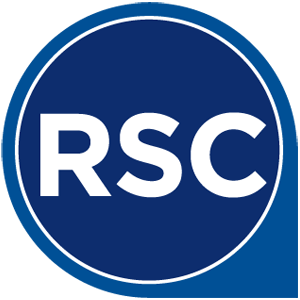Bob: One of my first speak to’s is I have a pie chart that
talks about the implementation of technology. When we’re asked to go in and demonstrate
an IWMS system, the client says, “Let us see the technology. We want it to go
live. We want to touch it. We want to feel it.” Over the 20 years that I have
been consulting in this area, I’ve come to realize that the company is focusing
on the technology, and they’re almost ignoring the two larger components of
technology installation, which are the business process and the relationship
arena. What I mean by that is I can look at a technology: an iphone app, or an
IWMS system on a laptop or a tablet and I can see that yes, it is a work order,
or yes it does a lease management, yes I can track space. What the company is
not asking is, “Does the workflow process in an IWMS system match our business process?”
So, for example, if you have a work order system that requires a dispatcher to
review it before they actually assign it, then from the assignment to have an estimate,
then an approvement, then to send it to the shop lead who assigns it to the
crafts person to go complete the work, then the dispatcher reviews it again,
and then it goes back to finance – if that’s your work flow, but the IWMS
system you’re looking at is very simplified and it only does work order to craftsperson
to completion, then that’s a disconnect, and you may be spending a lot of money
on an application that doesn’t meet your business process. On the converse side
of that, if you have an IWMS system which is showing you all these things and
you’re not doing one of those steps, you go, “Well, that’s a good idea, we
never thought about that.” The IWMS system could bring a business process to
light that may help you make strategic decisions.
Going back to your original question, why did we choose
ARCHIBUS? ARCHIBUS has the ability to make it as simple as “request, crafts
person, complete” or as complicated as “request, review, dispatch, estimate,
approve, shoplead, workteam, craftsperson, complete, close, financial”, and
anything in between, because of its flexibility. The business process is huge,
and how to accomplish things. Can the system mold to your business process, or
do you have to mold to the software? Hopefully you don’t have to mold to the
software.
The one that’s almost more important than that is the
relationship arena. The relationship arena is very real. Some people may
consider it a negative thing, I don’t. It’s actually a very positive thing. If
I’m trying to get an HR system load, in other words, if I’m trying to get the
employees from HR, and HR goes, “Why would I want to give you that data? I
don’t want to give you how much people make and what their W- 2 exemptions are
and their social security number.” We would say, “Well we’re not asking for
that. All we need is employee information, employee’s first name, last name, employee
ID number, perhaps their phone number and where they work.” They’re going to
go, “Why would I create extra work for myself?” So we have to then have a relationship
where there are two departments going, “Well, look, if you give us employee
data we can give you back on a real time, where these people actually work.” So
if you help us, we can help you. That takes a champion, as we talked about in
one of our articles. It takes a champion to work through those two departments
to get that connection. That’s called relationship arena. Or, let’s say that
the finance department doesn’t get along very well with the corporate real
estate for some reason. There needs to be a champion there to help see the
benefit on both sides.
I consider the business process 40% of the implementation,
and the relationship arena 40%. Technology is really only 20%. We can probably
install an IWMS system, if everything went well, in only four hours. The real
reason it takes several weeks, or a month, is we have IT involved, they have to
make sure it fits their structure, we have to make sure that all the security
measures are in place, it just takes a lot of “make sure everybody’s got everything
in a line”.
Thoughts? Questions? Comment below and let us know what you think! We'd love to hear your insights.
Follow @rsc2lc Tweet





.png)








